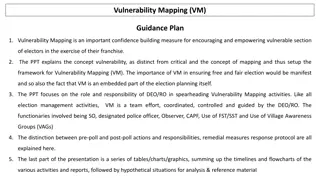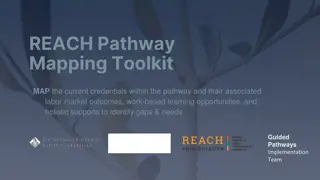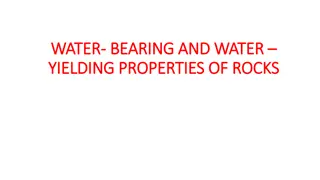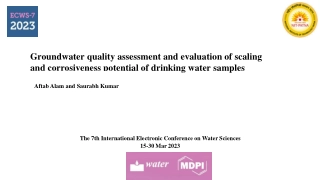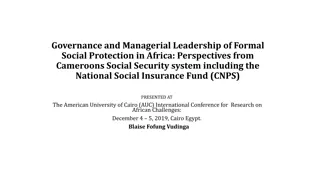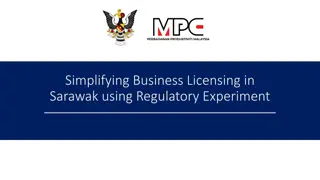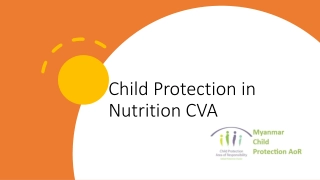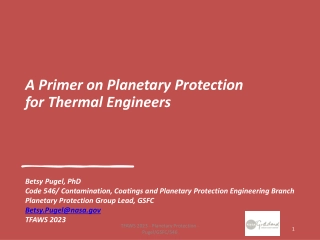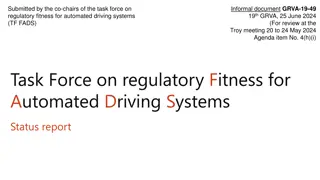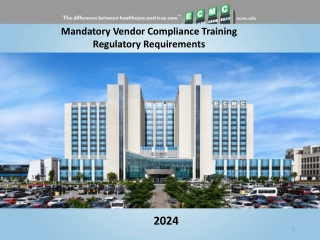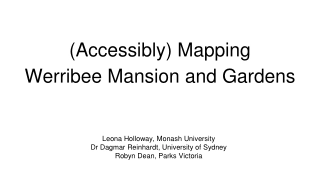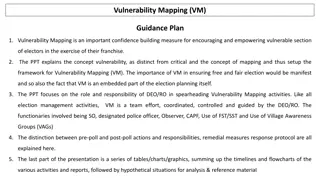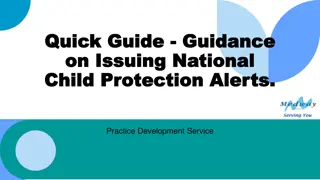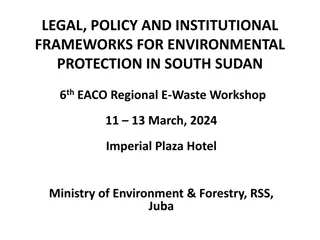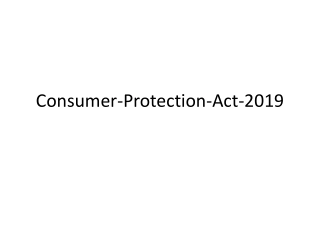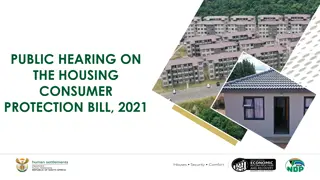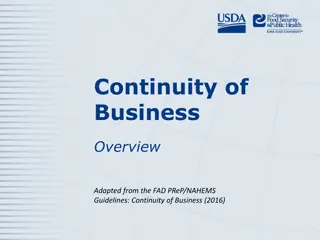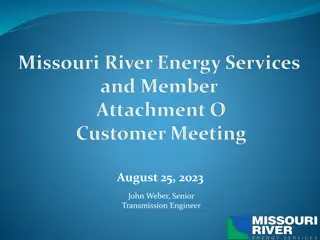Overview of Guam Regulatory Aquifer Mapping and Groundwater Protection
Guam's Regulatory Aquifer Mapping includes conflicting maps from USEPA, the Northern Guam Lens Study, and Groundwater Protection Zones, impacting land use regulations and water quality standards. Issues arise from inconsistencies in regulatory tools and language errors within the protection zones. Zoning laws dictate minimum lot sizes above the aquifer, creating confusion with overlapping regulations.
Download Presentation
Please find below an Image/Link to download the presentation.
The content on the website is provided AS IS for your information and personal use only. It may not be sold, licensed, or shared on other websites without obtaining consent from the author. Download presentation by click this link. If you encounter any issues during the download, it is possible that the publisher has removed the file from their server.
Presentation Transcript
Guam Regulatory Aquifer Guam Regulatory Aquifer Mapping Mapping Updated November 29, 2023
Two primary (& conflicting?) maps USEPA s 1978 Sole Source Aquifer Designation Map Coast to coast; all of Northern Guam Guam EPA s 1997 Groundwater Protection Zone Map Based on map proposed by John Mink in 1982 Northern Guam Lens Study, based on actual hydrogeology ~4,000 feet inland from coast Follows roads, municipal boundaries, and landmarks where possible
USEPA Sole Source Aquifer Designation
Proposed in NGLS (1982): Northern Guam Lens Study GPZ
Two maps, two purposes USEPA Sole Source Aquifer Designation: Used to require EPA review of any commitment of federal funds within designated aquifer zone GEPA Groundwater Protection Zone (GPZ): Used as a Guam EPA Regulatory Tool
GPZ used in the following rules: Water Quality Standards Single-family and duplex dwellings may be on septic system Half-acre maximum density Industrial, commercial, multi-residential must ALL be on sewer Wellhead protection Numerous restrictions Within 1,000 ft of well or Groundwater Management Protection Zone Language inconsistent with Law: Groundwater Protection Zone Grammar and language errors render portions unusable, e.g. septic tanks inconsistent with Guam Law and Regulations
Setting minimum lot sizes: Zoning Law (21 GCA Chapter 61): 21 GCA 61501. "Lot sizes and set-back on properties above the aquifer shall be established by the Guam Environmental Protection Agency." (Note that this law does not refer to the GPZ, but the aquifer , which is not defined)
GPZ confusion Zoning law refers only to aquifer for purposes of establishing lot sizes Lot size requirements are implied in Water Quality Standards (22 GAR Chapter 5), but in relation to GPZ, not aquifer 2008 Memo from GEPA to Department of Lands Management directs DLM to use USEPA Sole Source Aquifer Map (coast to coast)
Current controversies: Residential lot sizes (unsewered) Parental lots are granted an exception to half-acre requirement By Guam EPA memo only no regulations Can memo override regulations? Legal opinion requested from OAG in 2019 Decedent lots not mentioned in GEPA memo Courts issue lots that do not meet half-acre requirement, Guam EPA can t permit Industrial uses must be connected to sewer Some developers attempting to get around this Argument: bathroom waste is same as residential
1982 Northern Guam Lens Study John Mink s landmark report Nitrate is the primary concern for the regulation of on-site wastewater disposal systems Little to no removal of nitrate can be expected from systems installed in Guam s limestone Mink s 1982 computed maximum septic system density: 1 home per 3 acres Simple, mass balance calculation: 9400 people 60 gallons per day wastewater per capita 54 mg/L nitrate-nitrogen in wastewater 35 inches per year rainfall recharge rate
1982 Northern Guam Lens Study Mink s 1982 revised density calculation: 1 home per 1 acre ASSUMPTIONS: Two-thirds of GPZ will remain undeveloped: 3 acre min. lot becomes 1 acre (same number of septic systems, spread over a smaller area) Background nitrate ( natural ): 1.5 mg/L GOAL: Maximum allowable nitrate contamination: 4.0 mg/L (less than half MCL) Nitrate monitoring to inform revisions to minimum lot size, over time (GEPA monitoring program)
1982 Northern Guam Lens Study Mink s 1982 calculated livestock limitations: 4,500 sq. ft. per pig 300 sq. ft. per chicken Strong controls (collection & proper treatment of wastes) highly recommended Mink s 1982 fertilizer recommendations: 15 pounds N/acre-year is okay: adds about 0.24 mg/L to aquifer nitrate
Current controversies: Residential lot sizes (unsewered) Parental lots are granted an exception to half-acre requirement By Guam EPA memo only no regulations Can memo override regulations? Legal opinion requested from OAG in 2019 Decedent lots not mentioned in GEPA memo Courts issue lots that do not meet half-acre requirement, Guam EPA can t permit Industrial uses must be connected to sewer Some developers attempting to get around this Argument: bathroom waste is same as residential
Summary of present situation & updates: Sole Source Aquifer Map used by DLM to approve new lot sizes By GEPA Memo only not in regulations 2009 GEPA Memo to DPL sets lot sizes GPZ map used by GEPA to approve septic systems for permitting Based on regulations (Water Quality Standards)
Updates GEPA Board decided to not make decision on returning to use of GPZ for DLM lot size designation (2021) Cited anticipated WERI update of GPZ map as one reason Accurate GIS layer for GPZ obtained in 2022 In use as part of GEPA Digital Permit Review system
Opinions: GPZ map is a powerful regulatory management tool Incentivizes good planning to protect resources Current GPZ map is better than the USEPA SSA Based on hydrology Established by Guam Law & Regulations GPZ map could be improved Minor additions Adding new areas to GPZ will face strong opposition Existing GPZ map may be what we must live with




